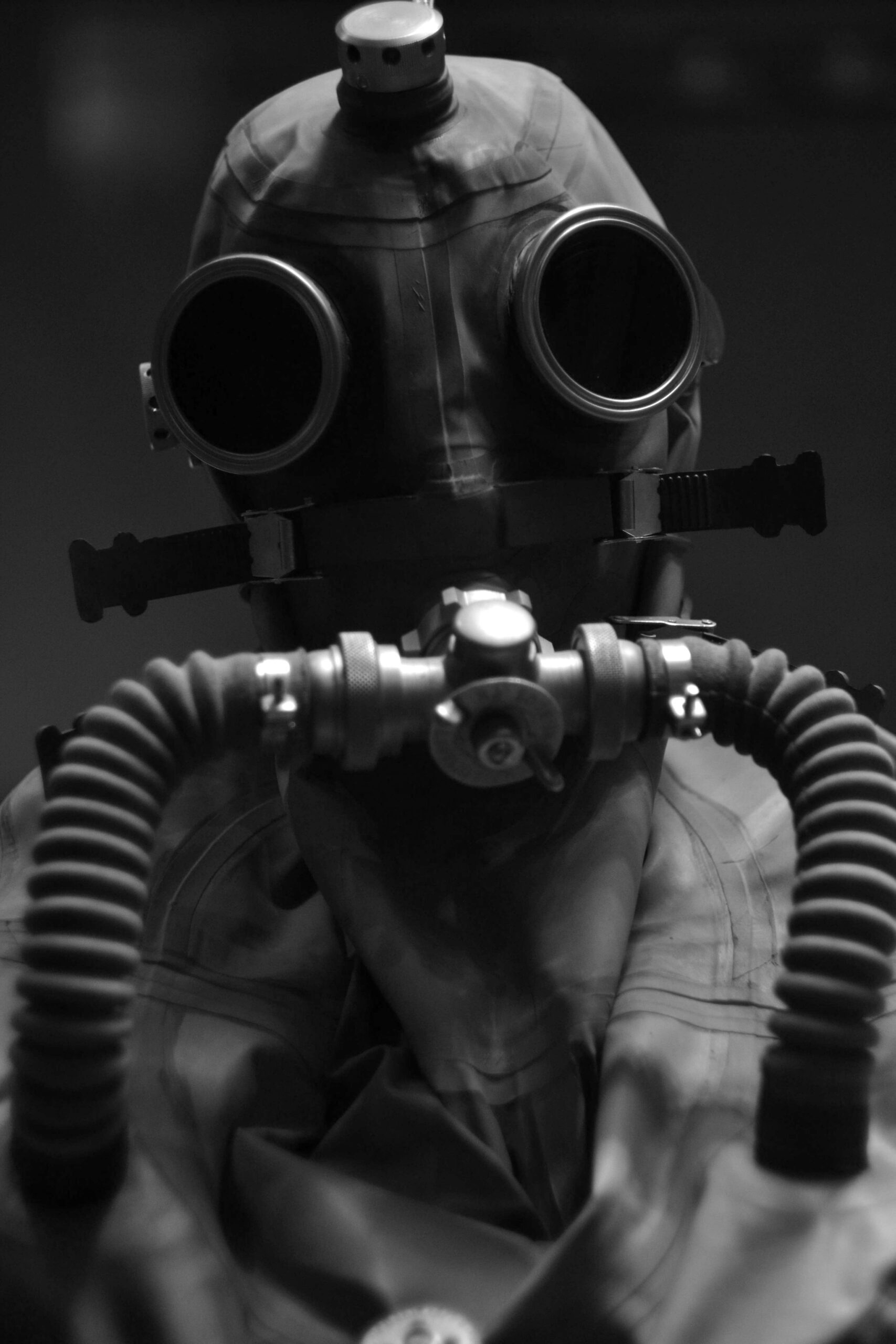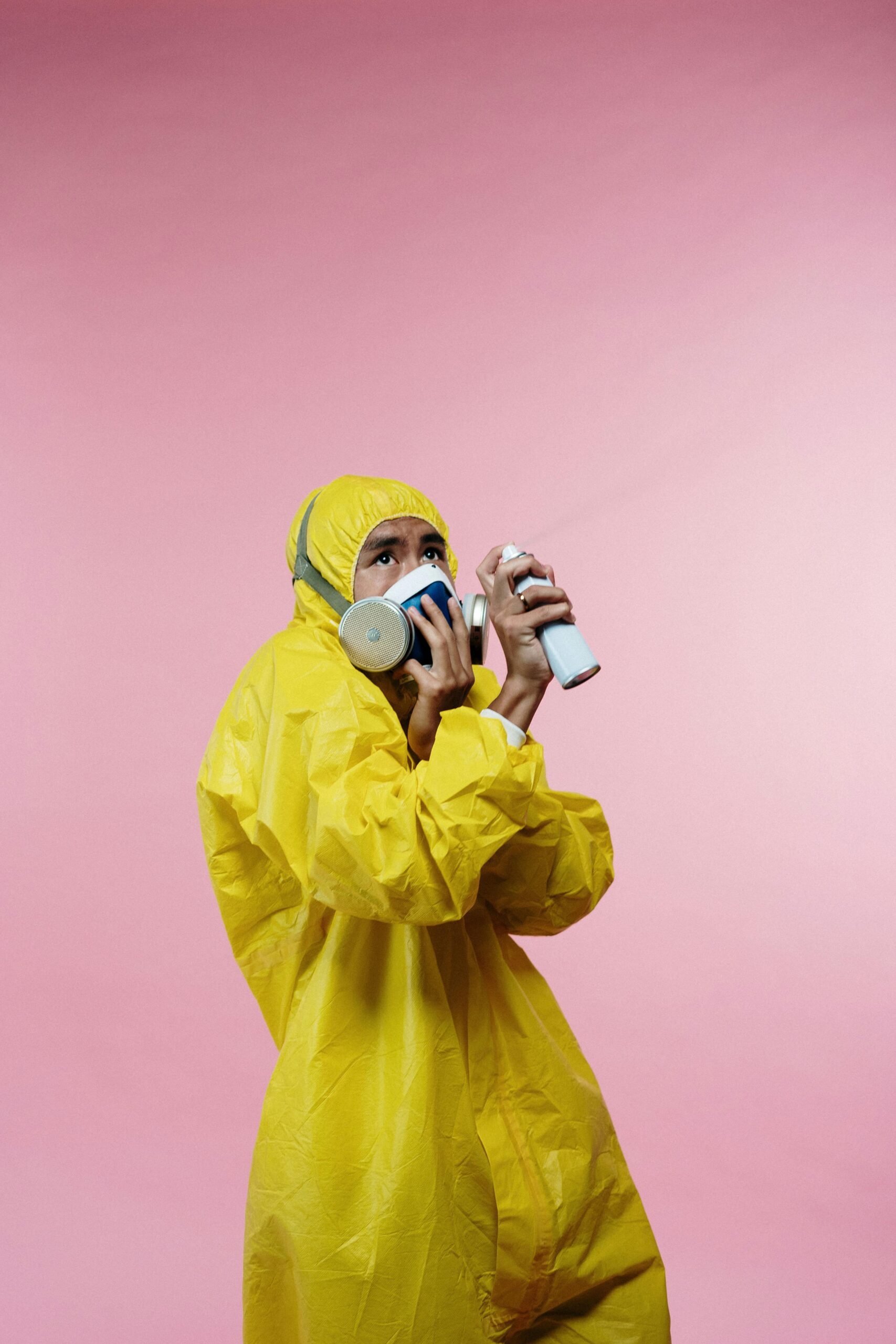Have you ever wondered about the quality of water from private wells in your area? If you’re living in Central Jersey, this question might have crossed your mind recently, especially with the new maps revealing contamination concerns in private water wells.

Understanding Water Contamination
Water contamination is an issue that can affect communities everywhere, impacting both public and private water supplies. It can result from various sources, including industrial activities, agricultural runoff, and natural geological processes. The latter often leads to higher concentrations of certain contaminants, posing risks to human health if consumed over extended periods. If you draw water from a private well, you might wonder how safe your water is, and recent developments may prompt even more questions.
What are the Common Contaminants?
Contaminants in water can be biological, chemical, or physical. Biological contaminants include bacteria, viruses, and parasites. Chemical contaminants can be natural or synthetic, such as heavy metals, nitrates, or pesticides. Physical contaminants might include sediments and debris stirred up by construction or natural events such as floods. The presence of these in your private well water can sometimes be invisible, making it crucial to stay informed and vigilant about potential risks.
New Maps: A Closer Look at Central Jersey
Recent efforts have been made to map out the contamination of private water wells across Central Jersey. These maps are intended to provide residents with detailed insight into the health of their water sources, revealing areas where water has tested positive for contaminants. The maps raise awareness, allowing you to take necessary action to protect your home and health.
Why Are These Maps Important?
Maps highlighting contaminated wells serve as a valuable tool for several reasons. Firstly, they help identify areas at higher risk for contamination, allowing residents to be informed about potential hazards. Secondly, they can guide public health policies and interventions by providing targeted data. Lastly, the maps empower individuals to take preventative steps, such as testing their water and installing appropriate filtration systems.
The Impact of Contaminated Water Wells
The effects of water contamination from private wells can be overwhelming, impacting both daily life and long-term health. If your well water is tainted, every aspect of water use, from drinking and cooking to bathing and gardening, can be area of concern. Contaminants like nitrates, PFAS (Per- and polyfluoroalkyl substances), and arsenic can pose significant health risks.
Health Risks to Consider
One of the primary concerns with contaminated water from private wells is the potential health risks. For example, exposure to PFAS is linked to several adverse health effects, including hormone disruption and increased cancer risk. Nitrates in drinking water can be particularly dangerous to infants, resulting in conditions such as methemoglobinemia, commonly known as “blue baby syndrome.” Moreover, long-term exposure to arsenic can lead to skin changes, developmental effects, and various cancers.
Your Role in Ensuring Water Safety
Given the possible contamination risks, you may wonder, “What can I do to ensure my water is safe?” The good news is there are proactive steps you can take to safeguard your water supply.
Testing Your Well Water
One of the first steps to consider is having your well water tested regularly. The recommended frequency varies but testing at least once a year is a good start. Testing should cover a range of potential contaminants, aligned with the specific risks highlighted in your area by the new maps.
What Should You Test For?
Understanding what to test for can be confusing, but generally, you want to start with the common contaminants relevant to your area. Here’s a simple table to guide you:
| Contaminant | Potential Health Effects | Recommendation |
|---|---|---|
| Nitrates | Infant methemoglobinemia | Avoid for infants, treat if high |
| PFAS | Cancer, immune effects | Install filters, consider alternatives |
| Arsenic | Skin changes, cancers | Regular testing, treat if necessary |
Filtration and Treatment Systems
Once testing is complete, decide on the best course of action based on the findings. Installing a reputable filtration system can mitigate various risks. Various systems address different contaminants, such as reverse osmosis for arsenic or activated carbon for organic compounds, including some PFAS.

Community and Policy Engagement
Personal actions go a long way, but often, broader community efforts and policies are required to address systemic contamination issues. By engaging with community initiatives or advocating for stronger environmental policies, you can contribute to longer-term solutions.
Communities Working Together
Community engagement is crucial in dealing with wide-scale water contamination. Collaborating with local health departments, joining forums with environmental groups, and participating in local town halls can enhance efforts to protect water quality. Shared knowledge and resources can lead to more effective solutions, benefitting all residents.
Policy and Regulation
Advocacy for tighter regulations on pollutants and more stringent monitoring practices can help reduce contamination sources. Policies focusing on preventing agricultural runoff and regulating industrial waste can have significant positive impacts on water quality over time.
Future Steps for Central Jersey
As you absorb the implications of the new maps, it’s essential to look towards future solutions and interventions. Collaboration between residents, local governments, and health organizations can lead to improved water quality over the long term.
Potential Technological Solutions
Emerging technologies in water filtration and testing provide hope for more efficient and cost-effective solutions. Advancements such as real-time water quality monitors and more robust filter systems can help address contamination promptly. Staying informed about these technologies can empower you to adopt innovative solutions as they become available.
Educating the Public
Educating the community on the importance of testing and maintaining private wells is vital for continued safety. Awareness campaigns, educational workshops, and accessible resources ensure that residents can make informed decisions about their water supply.

Conclusion
The emergence of new maps showing contaminated private water wells in Central Jersey serves as a critical reminder of the importance of understanding and safeguarding our water sources. While the findings may be concerning, they also provide an opportunity for proactive engagement, both on an individual level and within the community. By taking steps such as regular testing, implementing filtration solutions, and engaging with your community on policy matters, you can play a crucial role in ensuring the quality and safety of your water.
Remember, safeguarding your well water isn’t just about addressing present concerns; it’s about creating a sustainable approach to water quality that will protect your health and that of future generations.
